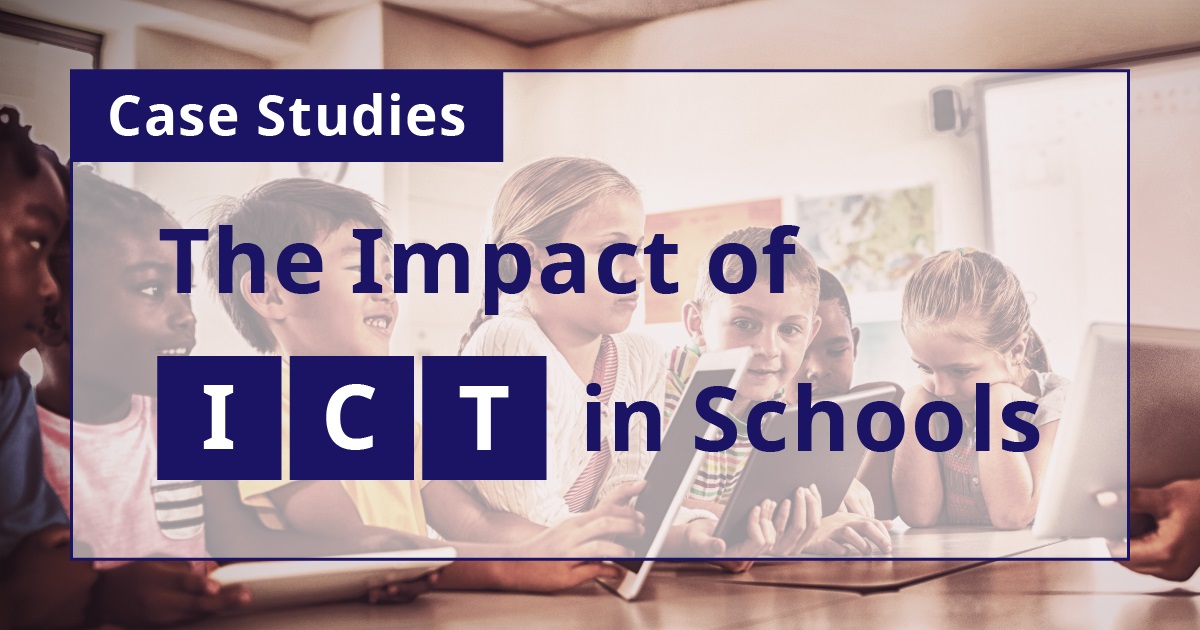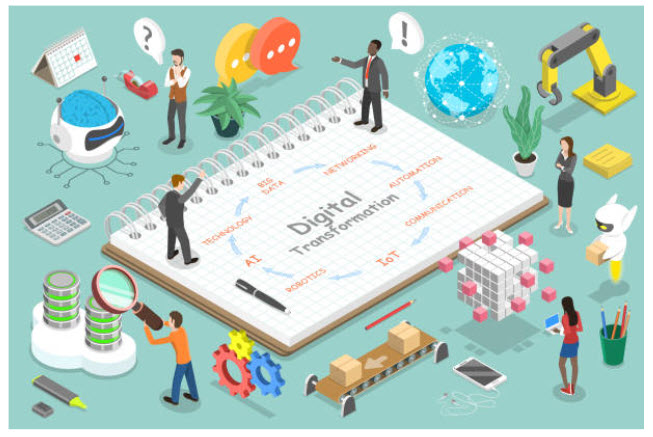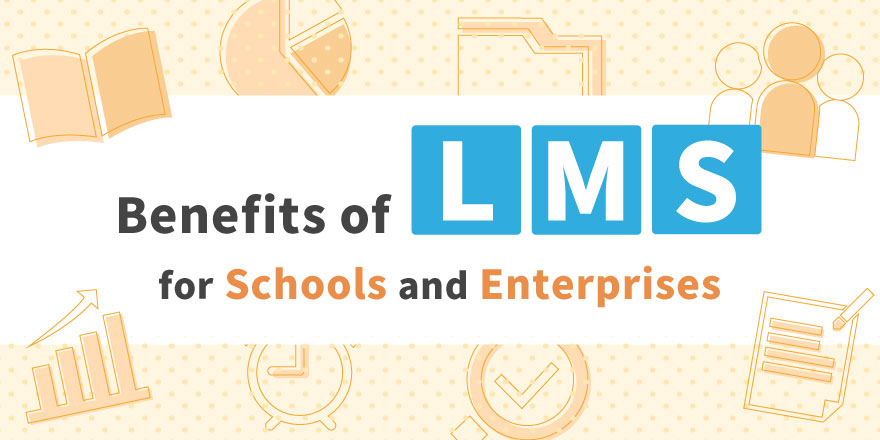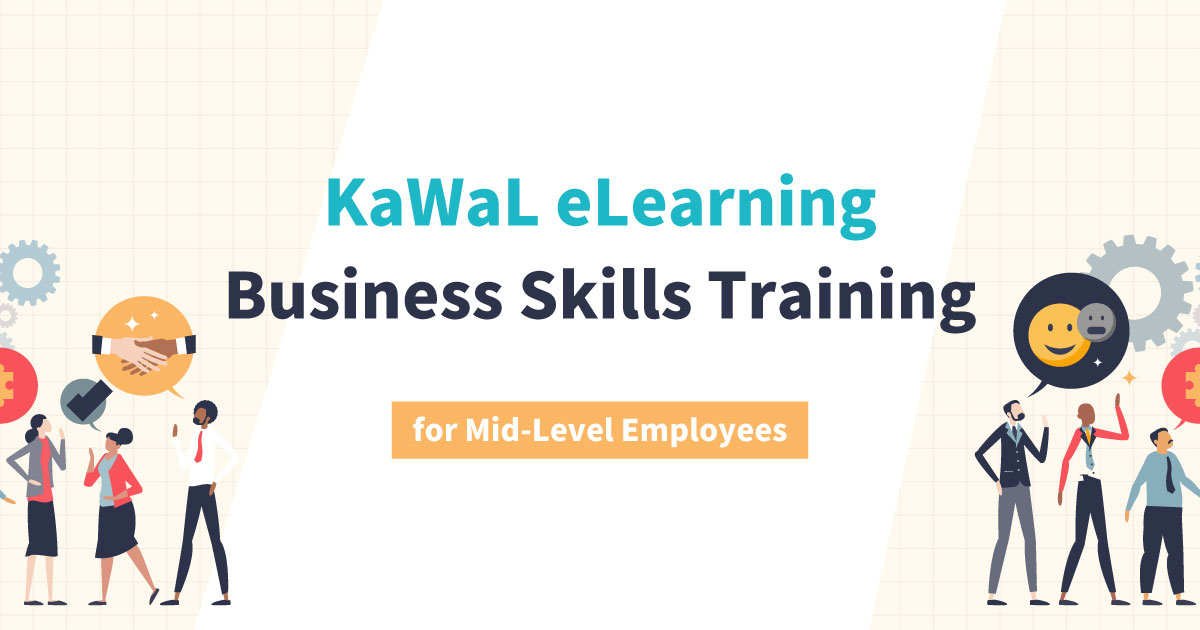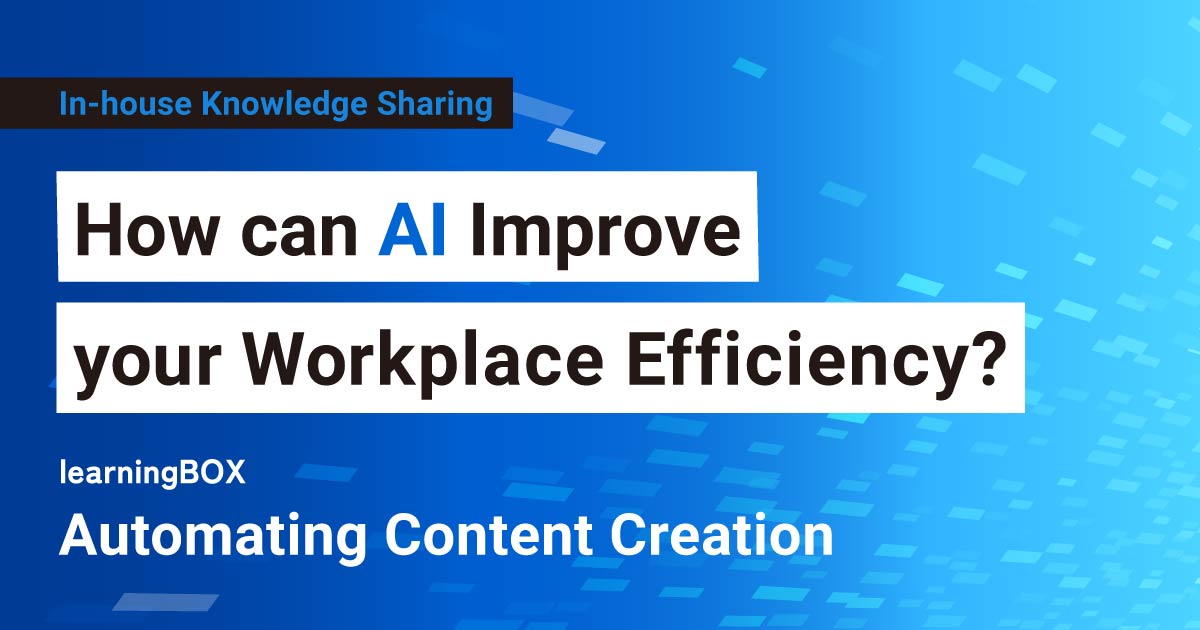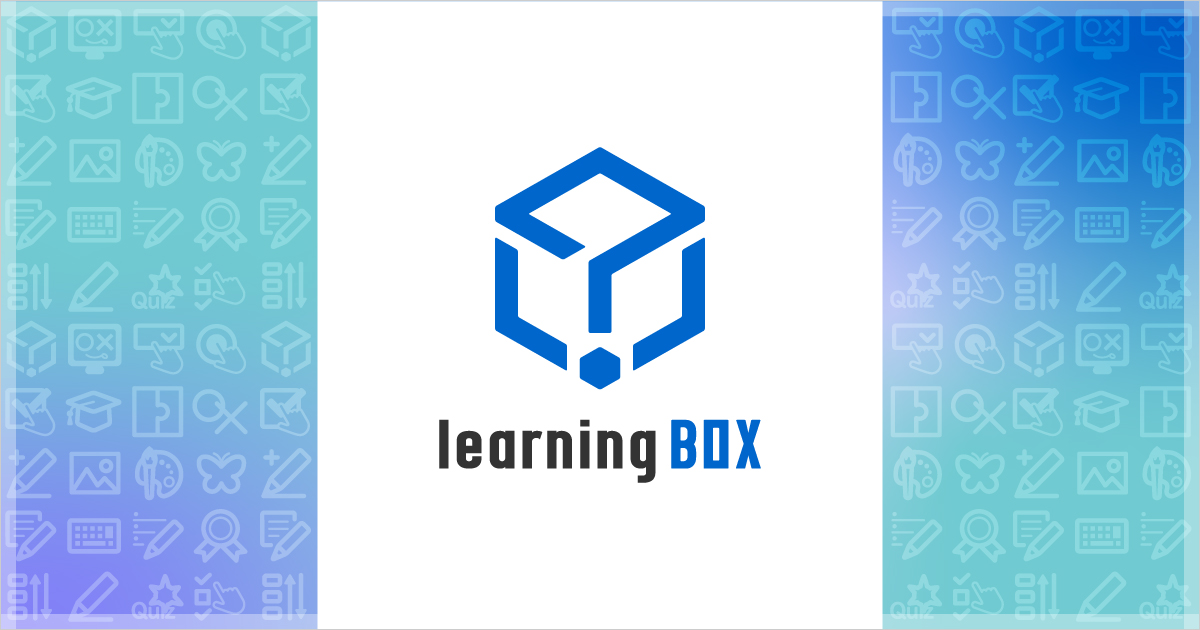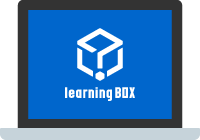Advantages and Disadvantages of Using Tablets PC as ICT Tools
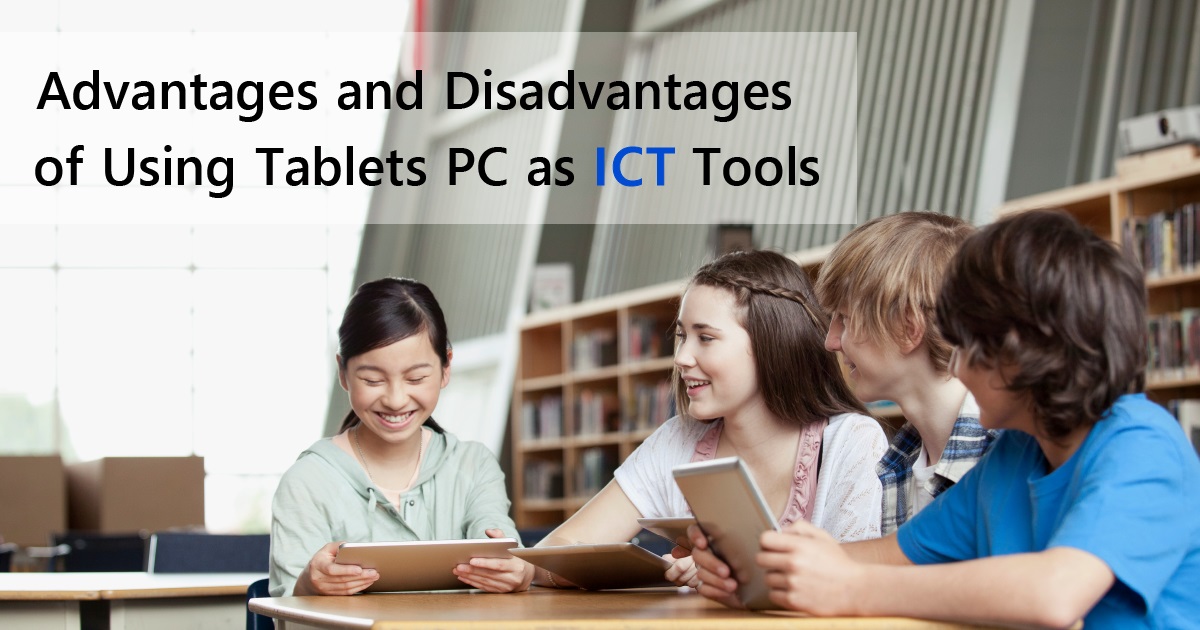
In today's society, digitalization is required in all aspects of life. Education is no exception. In many countries, organizations in the educational sector have put efforts into implementing digital technologies, and some schools have distributed devices to each student.
So what are the advantages and disadvantages of introducing information terminals into ICT in education? This article explains both of the aspects and a few case studies.
What is ICT?

ICT stands for Information and Communication Technology. In many countries, schools are making efforts to switch to digitization aligning curriculum with government requirements to accelerate revolution in education.
This movement began worldwide around 2000 to 2020, the process of learning has been gradually and dramatically changed in schools.
ICT also plays an important role to bridge the digital divide among children. Digital technologies are expected to fill the gap of their economical and geographical reasons.
Back to ContentsThree reasons why tablets are used in education

Tablet devices are introduced into schools for digital learning. The following explain three main reasons.
1. Easy to Carry
Digital devices are useful for learning both at home and school. Compared to PCs, tablets are lightweight and relatively small, and even lower elementary school students can carry them around with little burden.
2. Intuitive Operation
Different from traditional media habits, many children are used to using digital devices. Because of the rapid spread of smartphones, they are more likely to be familiar with touching screens than using a keyboard on a daily basis. As with smartphones, tablet devices do not require typing or using a mouse, which will help students operate them without teachers’ indication from scratch.
3. Effective Learning
The biggest difference from paper-based learning materials is videos and animations. These visual effects will enhance students’ interest in learning and understanding. Combining discussions or other classroom activities, so called active learning, will result in higher quality of education itself.
Back to ContentsAdvantages

There are other advantages to introducing tablets to ICT in education. The following introduces some of them from students’ and teachers’ perspectives.
For Students
1. Improving Learning Experiences
ICT in education will increase learning opportunities for students. While traditional classroom learning has difficulties providing teaching materials except paper-based ones, digital content including tablets and electronic blackboards will make it possible for students to watch videos, listen to audio, and experience other attractive visual and audio effects.
2. Motivating Students to Learn
As a result of aspects of digital devices written above, students’ deeper understanding will be expected. Visual and auditory sources will be a big help to collect a variety of information from different types of perspectives as they cannot know only from the textbooks, which will result in encouraging students’ further learning.
3. Active Learning
One of the advantages of using tablets is that students can deepen their knowledge by doing their own research on the content they are interested in. Students can focus their research on what they are interested in, allowing them to take the initiative in their own learning.
For Teachers
1. Reducing Teacher Workload
By replacing in-class handouts to PDF files and the blackboard to an electronic one, the time and effort required to prepare for class can be reduced.
2. Information Sharing
Tablet devices allow teachers to share files easily in the cloud. This will help them improve their teaching skills and expect more active communication among them.
3. Easy Data Management
Teachers can track students’ progress and manage teaching materials effectively by using digital devices. Such data can be criterias for the future goals or policies.
Back to ContentsDisadvantages

Regardless of lots of attractive advantages for ICT in education, there are also concerns about the introduction.
For Students
- Required Information Literacy
- Lower Writing Skills
- Eye Damage
When using digital devices including tablets, students will be required to choose and evaluate the appropriate information from a huge amount of it. Some may have difficulties in managing it and take time to reach objectives. Also, there will be fewer opportunities for handwriting when using digital materials, which may have some long-term effects. Another concern is eye damage such as dry eye and eye-strain due to long-term computer usage.
For Teachers
- Required Digital Skills
- Risks of Data Leaks
In terms of ICT, system troubles or device malfunctions will be the biggest concern. Once it happens, teachers need to solve the problem by themselves. As with teachers’ digital skills, it is essential to develop detailed countermeasures in advance to prevent or reduce such risks so that they can continue teaching. In addition, it will be required to enhance awareness of risks of data leaks including teaching materials and students’ personal information when using the internet. Each school will take on responsibilities to prevent such risks and protect data.
Back to ContentsWhen Introducing Tablet Devices

While tablet devices will enhance student engagement for its features, there are some disadvantages as written above.
It will especially play an integral role to prevent data leaks as an organization. Build a safe digital environment for the new normal.
Also, it is indispensable to set age-appropriate rules for students. For lower elementary students, how to handle the internet will be one of the effective contents to improve their internet literacy. When conducting such lessons, it will be a good opportunity to let their parents and guardians know what they learn using tablets.
Back to ContentsCase Studies
Shinagawa Shoei Elementary School
Shinagawa Shoei elementary school provides iPad to each student, and conducts programming class once a week. In class, students start learning programming from very basic operations and the devices are utilized in other subjects as well for inquiry-based learning.
[Ref.https://www.shinagawa-shouei.ac.jp/primaryschool/feature/intelligence/
Nihon University Fujisawa Elementary School
The focus of Nihon University Fujisawa elementary school is not only to use computers and information networks in the classroom, but also to enable each student to analyze and evaluate what they find through the internet so that they can utilize digital devices properly for the future of global society.
[Ref.http://fujisawa.es.nihon-u.ac.jp/education/ict/
Back to ContentsSummary
The trend of ICT in education will continue to accelerate. In this digital society, however, the risks should not be underestimated. Without a clear vision and goals, effective usage will not be expected for both students and teachers. The bottom line is to clarify the purpose of ICT in education and pave the way for more effective learning.
If you are considering elearning as part of digitalization or ICT in education, learingBOX will be a big help. It sheds light on user-friendly interfaces, and even elementary school students can operate intuitively. In addition, the simultaneous distribution of teaching materials and score management can be done all at once, leading to increased work efficiency. You can try Free Plan without a contract term.
▼You may also like:
Back to Contents Back to Article List

